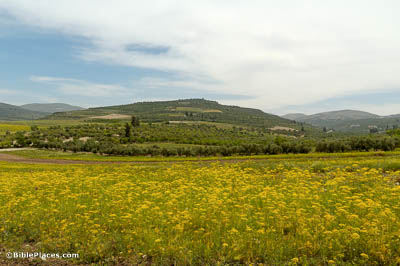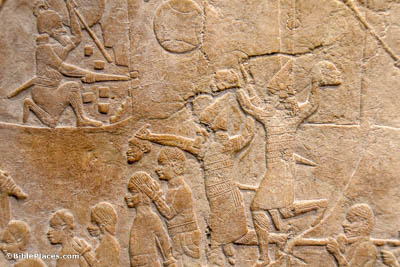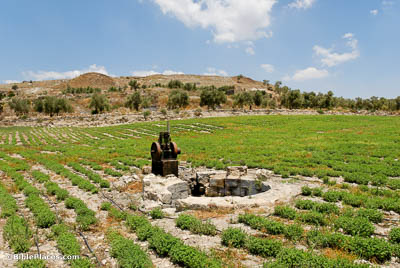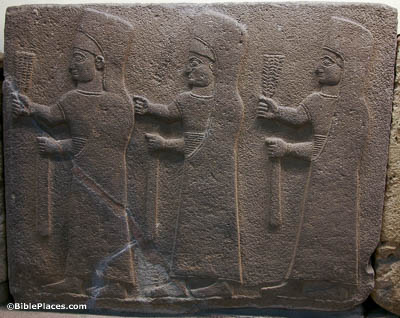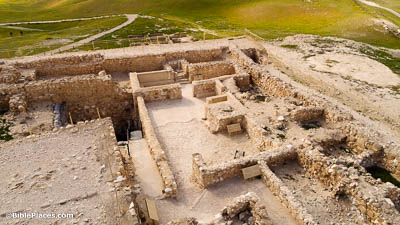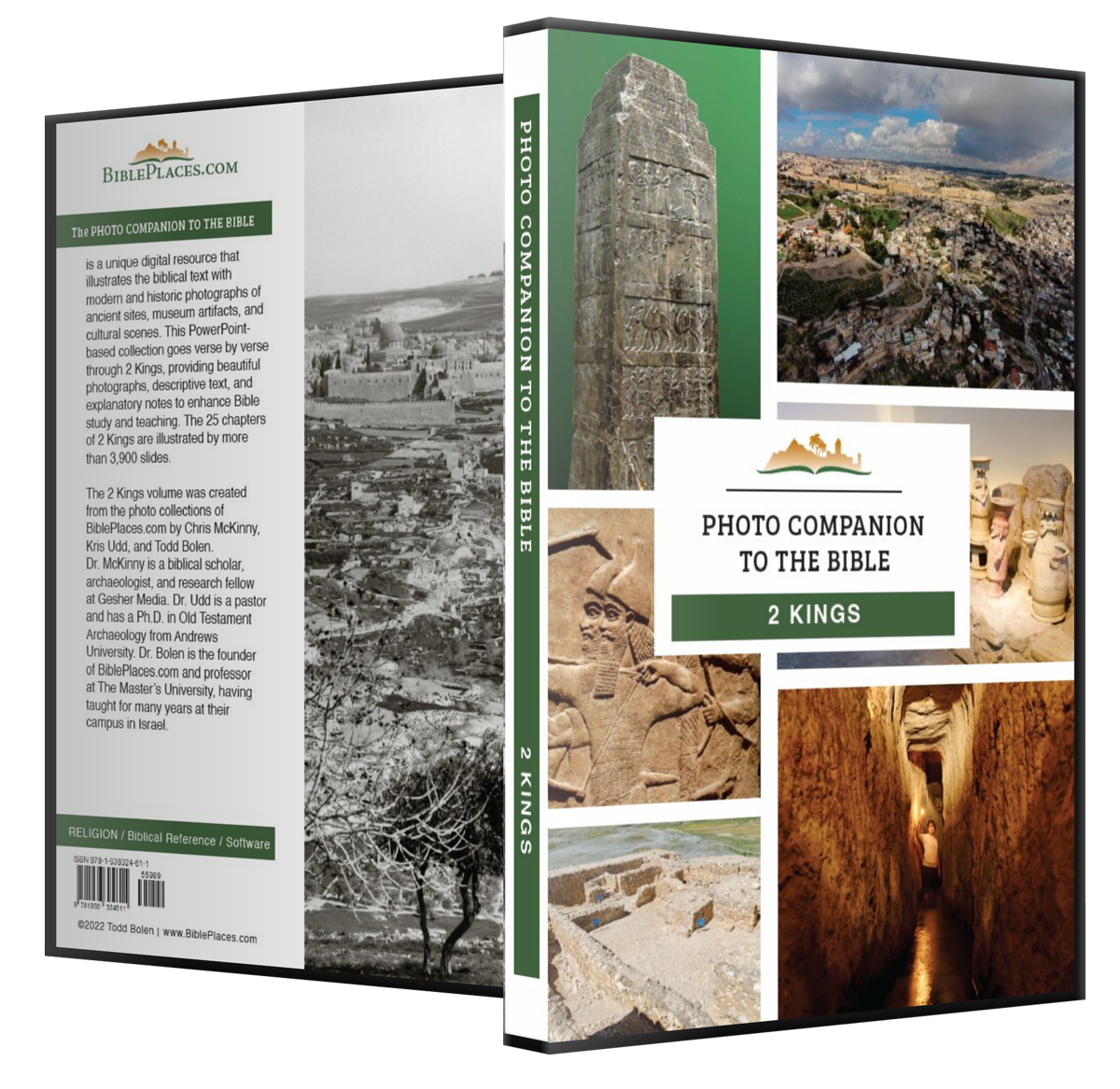Now Ahab had seventy sons in Samaria (2 Kings 10:1).
Samaria was the capital city of Israel, so it is no surprise that the royal household would be located there. First Kings 16:24 indicates that Omri bought the hill of Samaria, and excavations have confirmed settlement from his time until the city was conquered by the Assyrians in 723 BC. The city continued to be occupied during the Assyrian, Babylonian, and Persian periods, and it reached the peak of its greatness and splendor during the Roman period.
